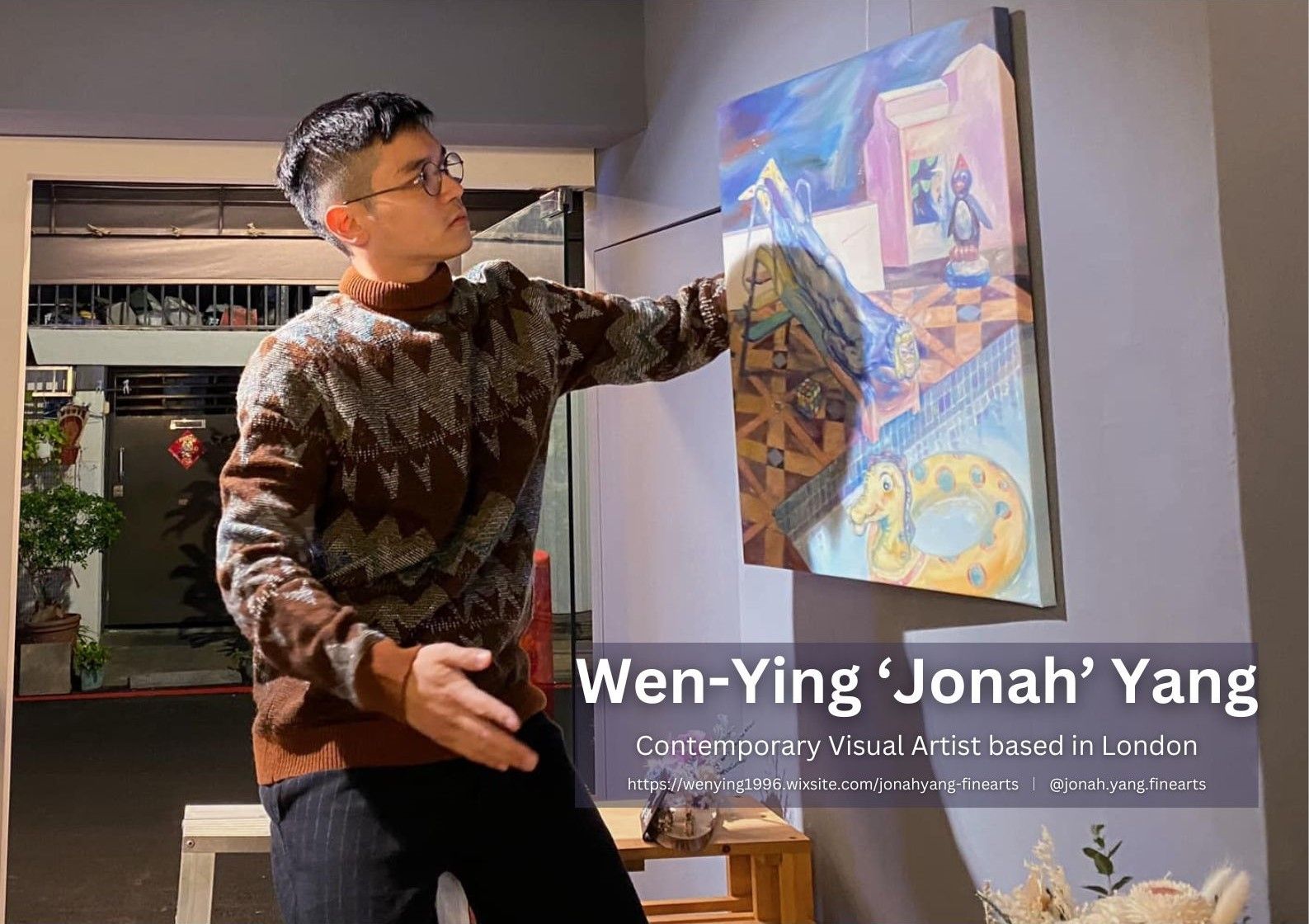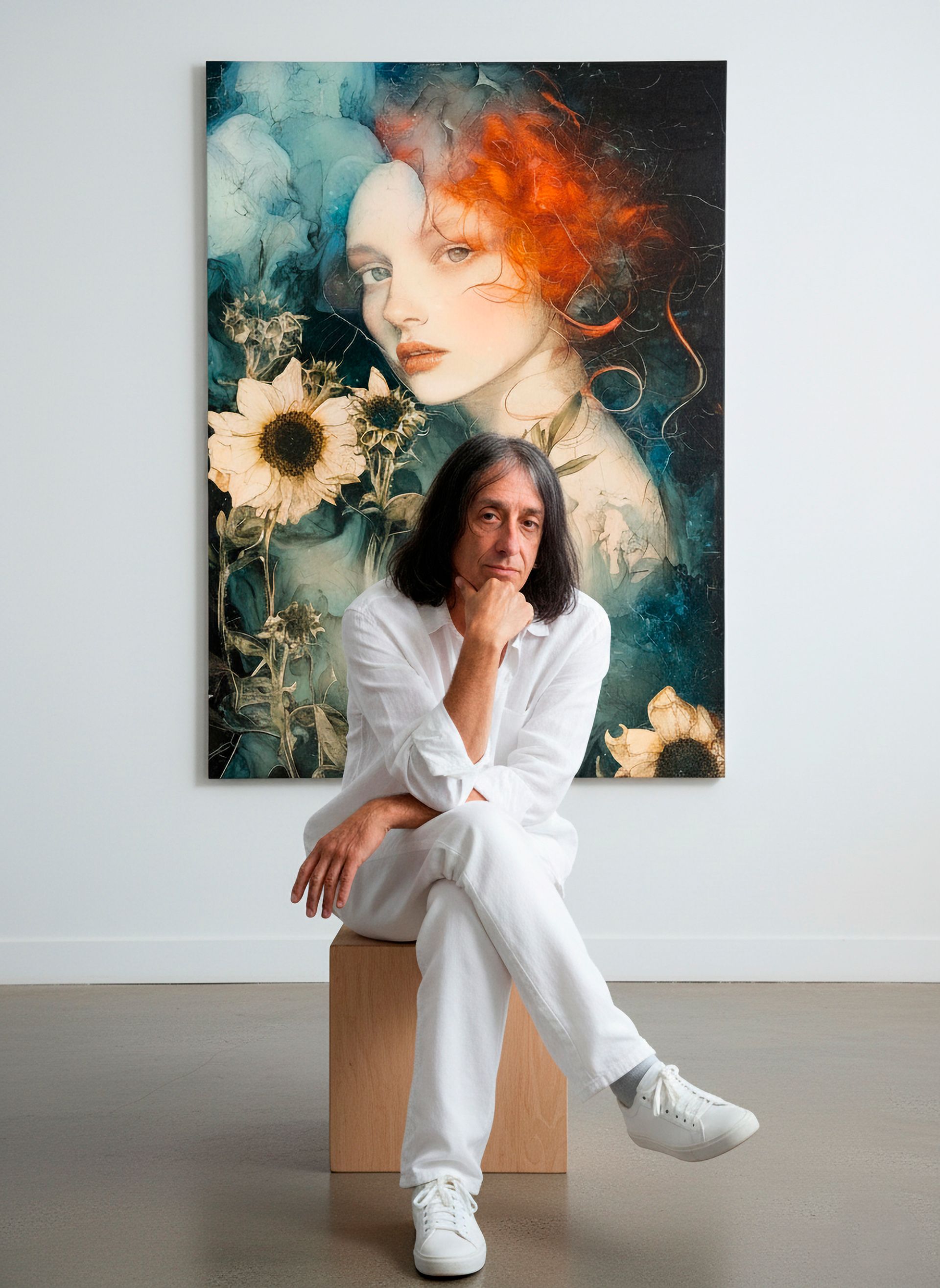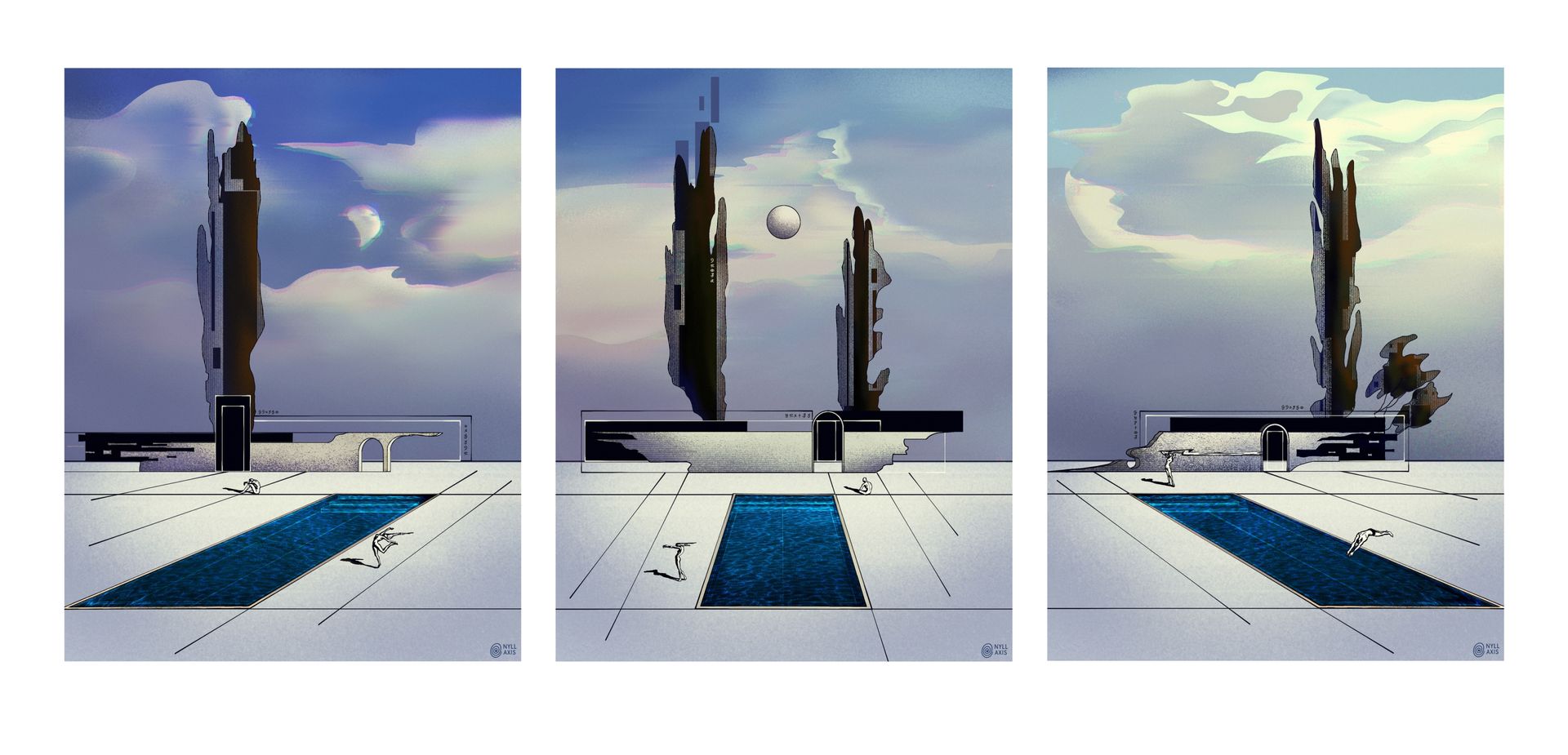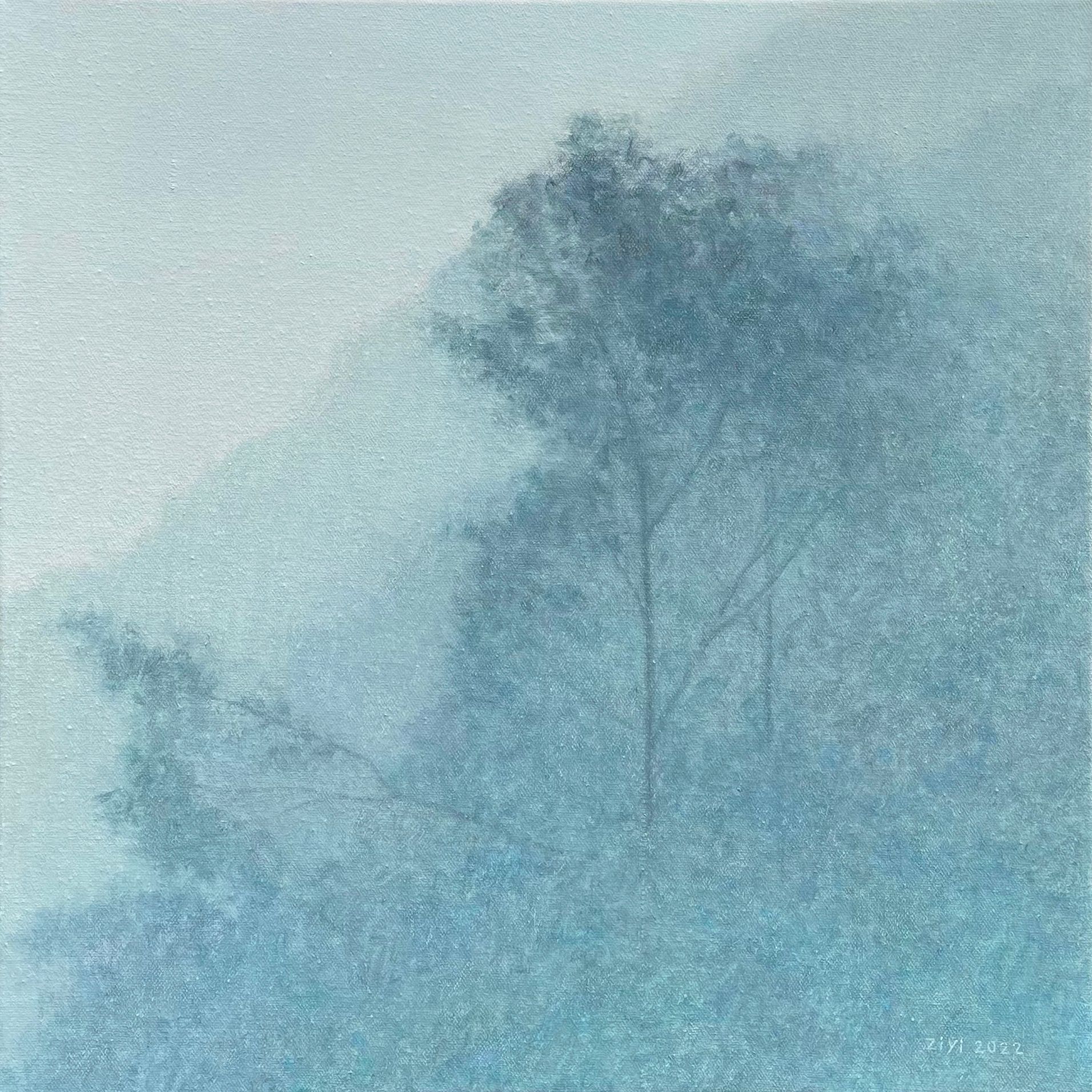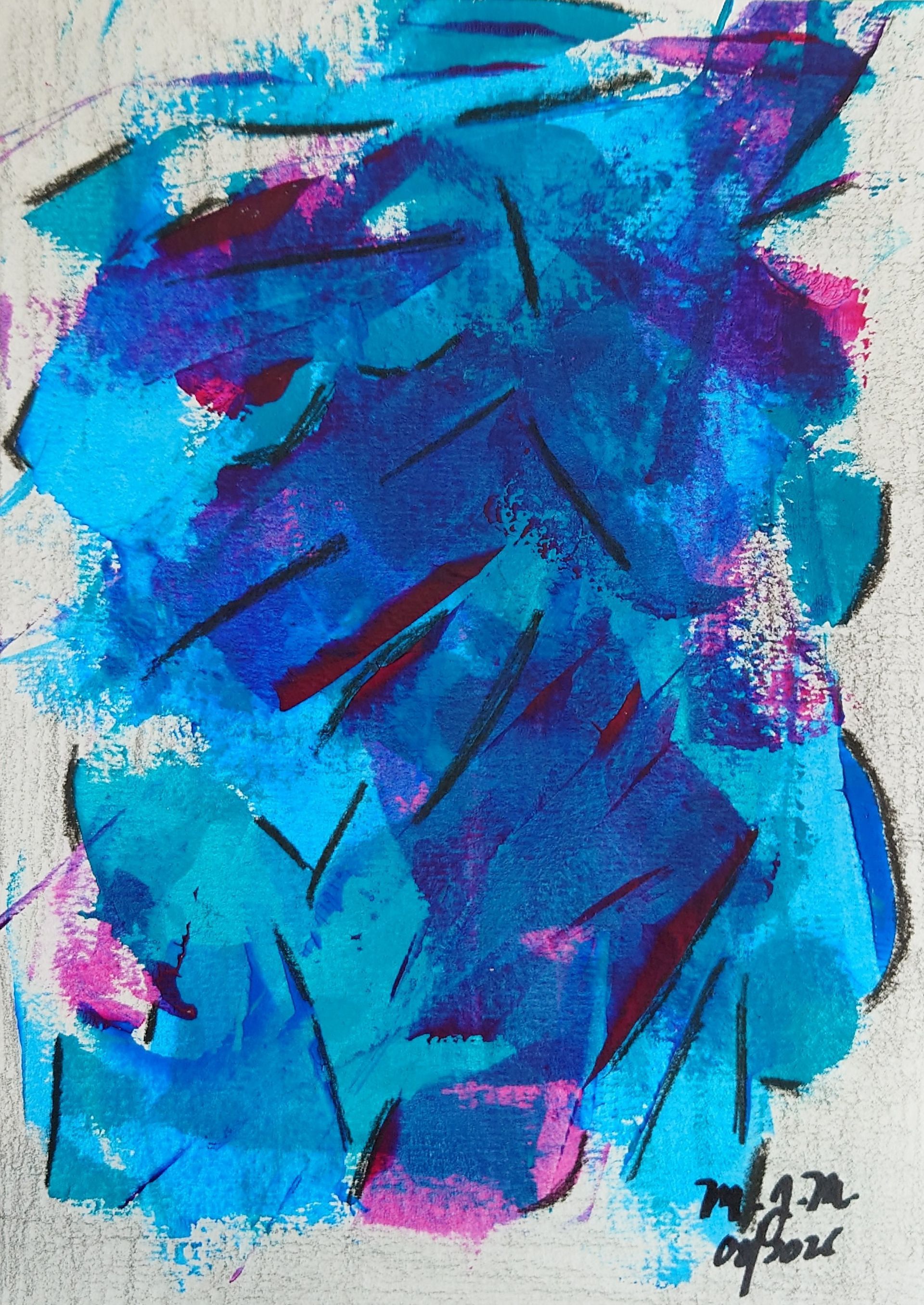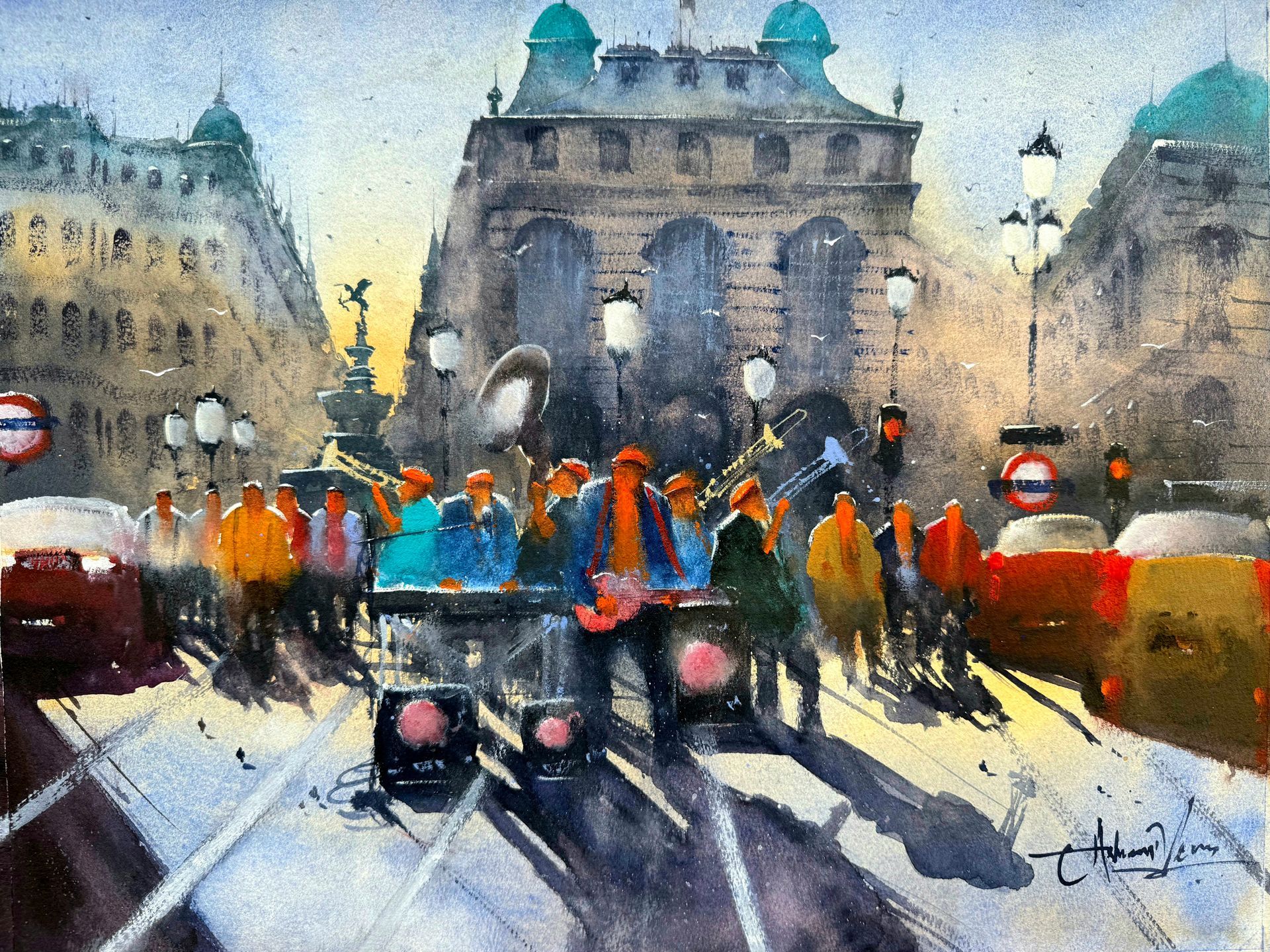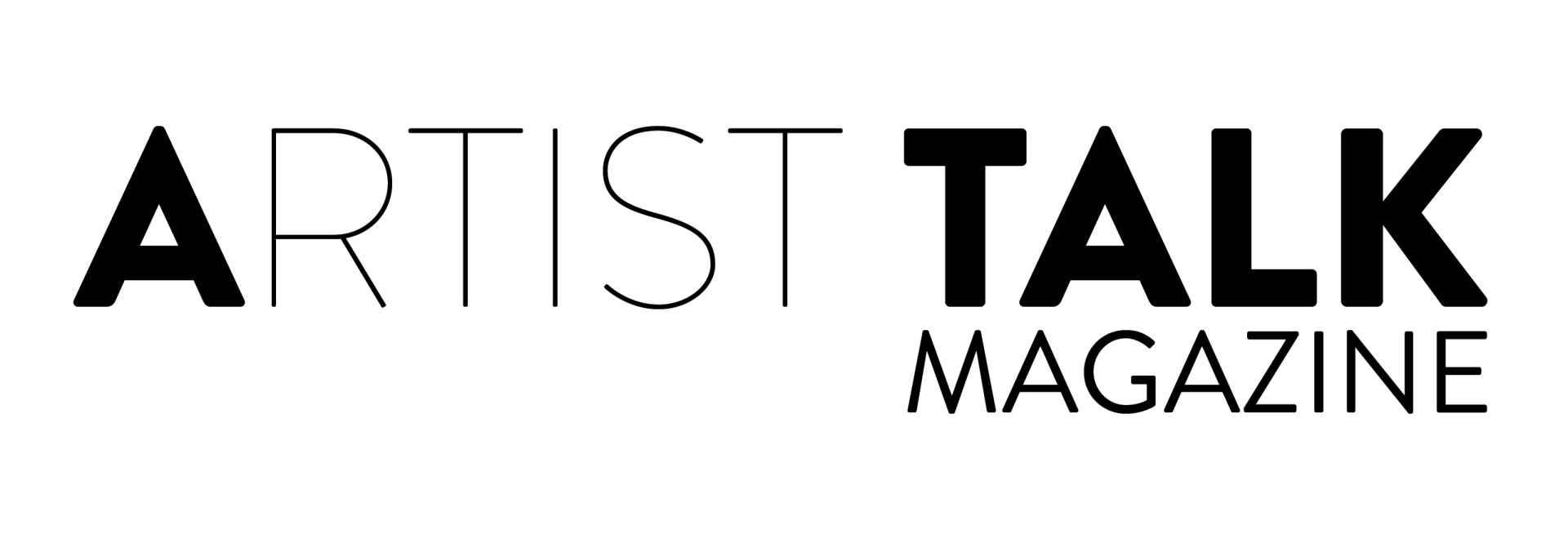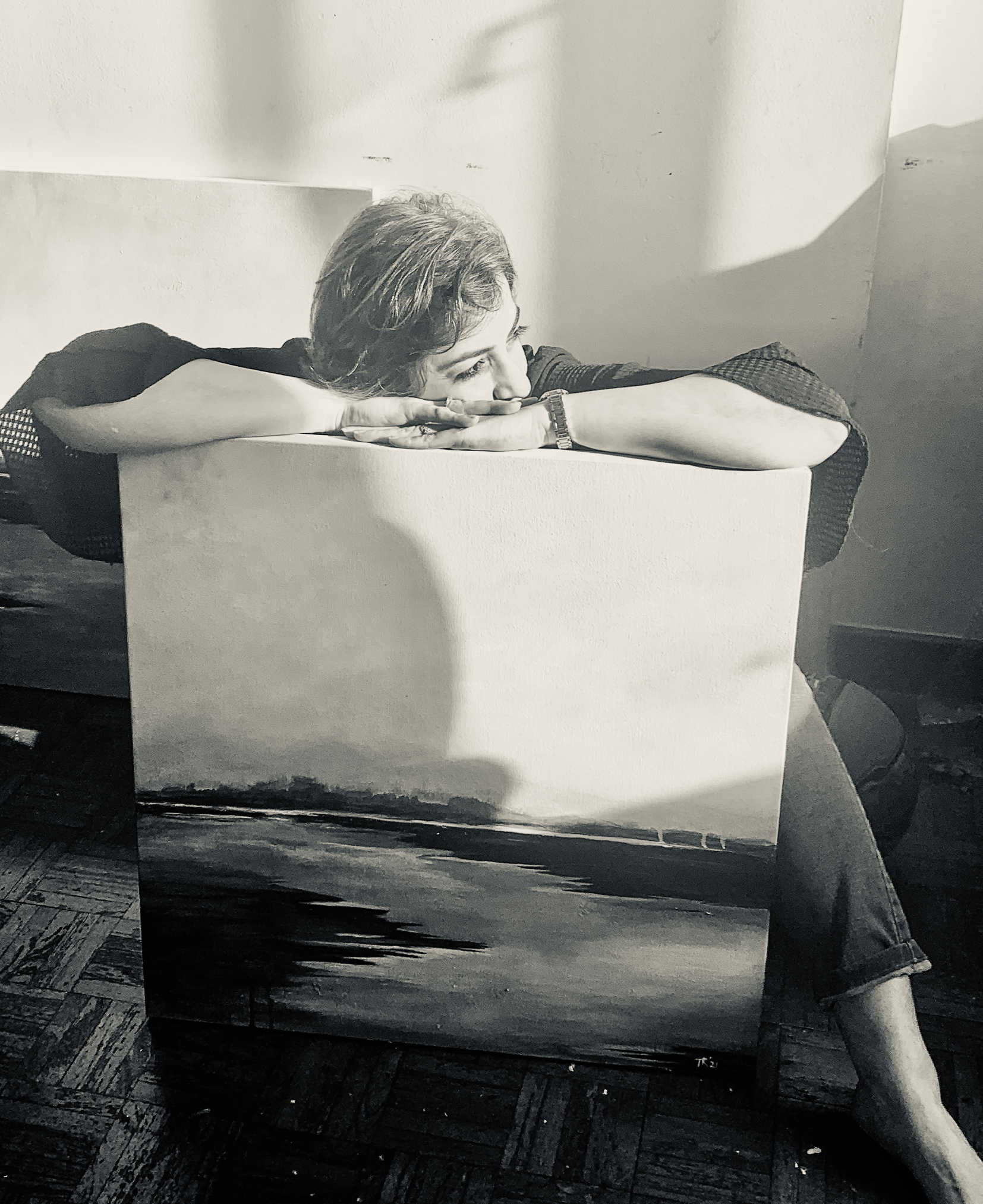“Let there be no boundaries. When you lose all sense of self, the bonds of a thousand chains will vanish. Lose yourself completely, return to the root of the root of your own soul” - Rumi

The urge to create can sometimes send you in a frenzy especially when you have plenty to express. I found myself experimenting a lot in this series, trying out newer mediums, styles and color combinations which are uncharacteristic to me but so important for emotional release. I have usually been very conscious in choosing the color palette for my works but for this series, I just let it flow. I have used colors that have made me feel both vulnerable and empowered. I feel colors truly express our feelings, emotions and personality. Through my Art, I aspire to connect with my audience with the all-embracing understanding that we all go through the same emotions, vulnerabilities and struggles and that it’s alright to just let go and release everything in the process to rediscover our true self.
In this time of confinement, I have discovered that my studio, though small, is my space for
finding solace. It is here that I feel completely in my skin.
Having lived in Sri Lanka for close to a decade, I find inspiration for my abstract landscapes, from the resplendent land and sea forms I behold around me. Sri Lanka is a tropical island of jollity sunshine, golden sands, turquoise seas and energizing mountains and lush tea gardens. Inspiration is abundant. My creative inspiration and artistry not just come from my country of residence but also from the places I have traveled to around the world.
Being drawn to the brilliance and intrigue of polarities, my abstract pieces dwell on the aspect of duplexities of light and dark, of movement and stillness, and of compliment and contrast between elements. This contrariety can be seen in my recent work of “Let it Flow” series.
Let there be no boundaries for expression and just let it flow…
Website:
www.trishadullufineart.com
Instagram: @trishadullu.fineart
Twitter: @TrishaDFineArt
Facebook: @trishadullu.fineart
